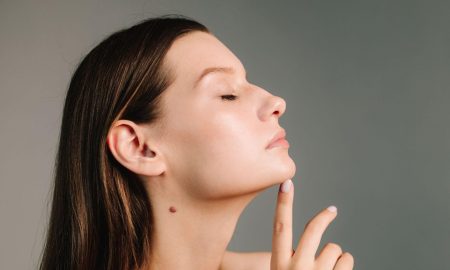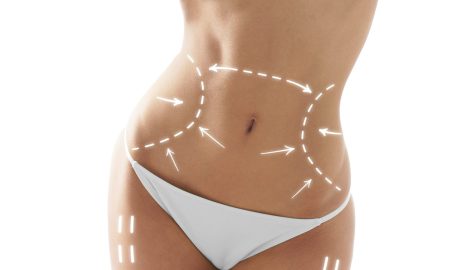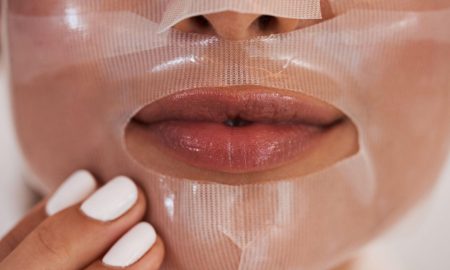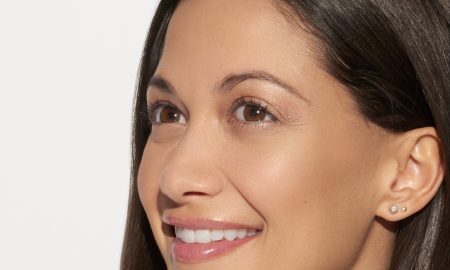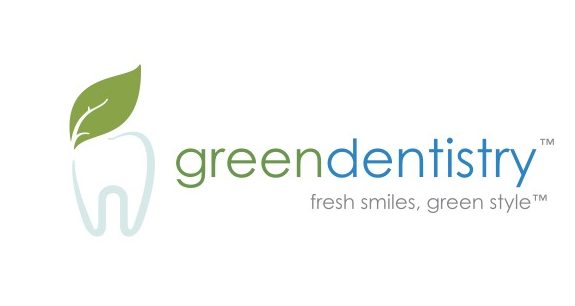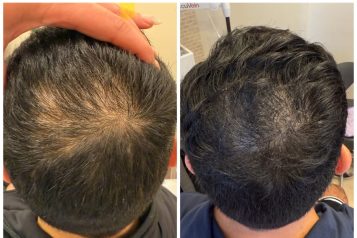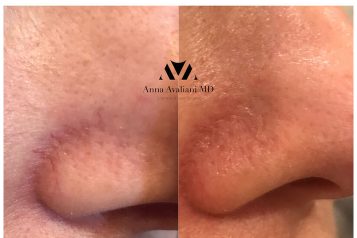 Photo Credit: Shutterstock
Photo Credit: Shutterstock
Lacey Foster, Morvarid Mehdehzideh, Samuel Lin, MD, FACS
Throughout history, from the early days of classical art to modern times, authors have been trying to define beauty. The golden ratio, approximately 1.618, has long been associated with beauty and balance in art, nature, and facial aesthetics. This mathematical proportion is often used to analyze facial harmony by measuring the ideal spacing and proportions of features, such as the distance between the eyes, the width of the nose, and the overall facial structure (Prokopakis et al., 2013). In aesthetic medicine, the golden ratio serves as a reference point rather than a strict rule, guiding procedures like rhinoplasty, jawline contouring, and filler placement to enhance natural proportions. Online, the concept has gained traction with beauty filters and AI tools claiming to measure how closely a person’s face adheres to this ratio. While these trends can be engaging, they often promote an unrealistic standard of beauty that overlooks the natural diversity of facial structures.
In professional practice, true facial harmony is about creating a balance that respects an individual’s unique features rather than forcing them to conform to a mathematical ideal. Additionally, many studies have shown that the golden ratio has no significant effect on perceived beauty, as factors such as symmetry, averageness, and cultural influences play a much larger role in facial attractiveness (Naini, 2024). Ultimately, while the golden ratio can be a helpful guideline, a nuanced approach to facial aesthetics that prioritizes individuality and proportionality leads to the most natural and satisfying results (Rossetti et al., 2013).
We are all asymmetric from head to toe. Certain unique features of the eyes, face, nose, mouth, breast, abdomen, arms, and legs exist in all of us that are not completely symmetric. It is what makes us all individual. Learning to embrace one’s unique features—complete with minor asymmetries—enables a healthier attitude toward cosmetic enhancement. An approach rooted in individualized care and moderation avoids the pitfalls of overcorrection, ensuring that a person’s results reflect who they are rather than an unrealistic ideal. In the end, embracing the uniqueness of our faces while making thoughtful, conservative aesthetic choices is the key to long-lasting beauty and confidence.
References:
- Naini FB. The golden ratio-dispelling the myth. Maxillofac Plast Reconstr Surg. 2024 Jan 17;46(1):2.
- Prokopakis EP, Vlastos IM, Picavet VA, Nolst Trenite G, Thomas R, Cingi C, Hellings PW. The golden ratio in facial symmetry. Rhinology. 2013 Mar;51(1):18-21.
- Rohrich RJ, Pessa JE. The fat compartments of the face: anatomy and clinical implications for cosmetic surgery. Plast Reconstr Surg. 2007 Jun;119(7):2219-2227.
- Rossetti A, De Menezes M, Rosati R, Ferrario VF, Sforza C. The role of the golden proportion in the evaluation of facial esthetics. Angle Orthod. 2013 Sep;83(5):801-8.
- Talisman R, Arnon O, Weinberger A. Facial asymmetry, the right-side dominance: A retrospective analysis of 315 consecutive series of patients. JPRAS Open. 2022 Nov 11;35:18-23.
For more information, visit Dr. Samuel Lin's social media:








